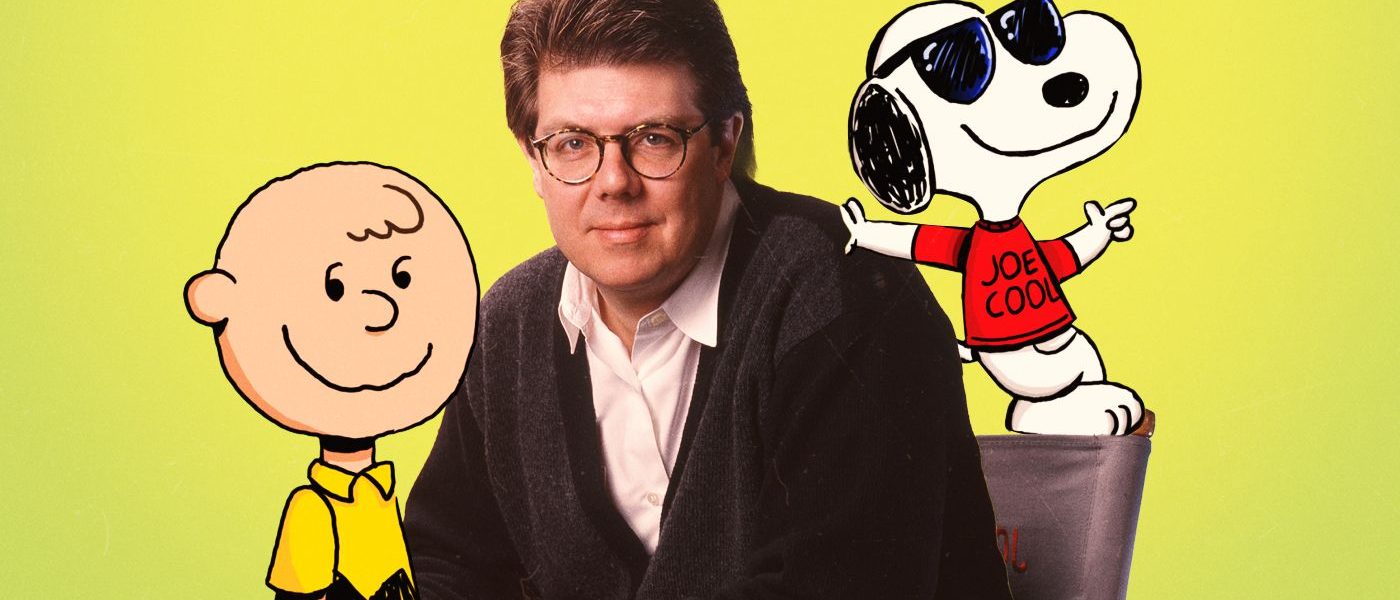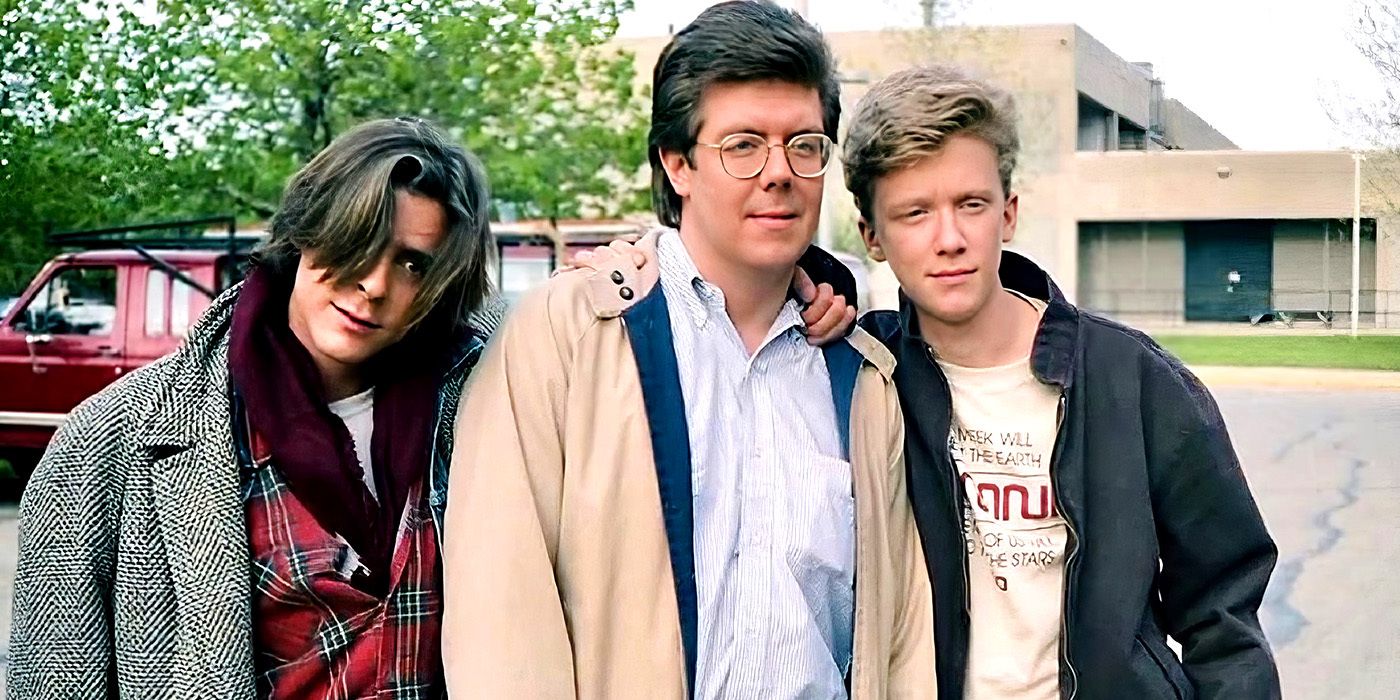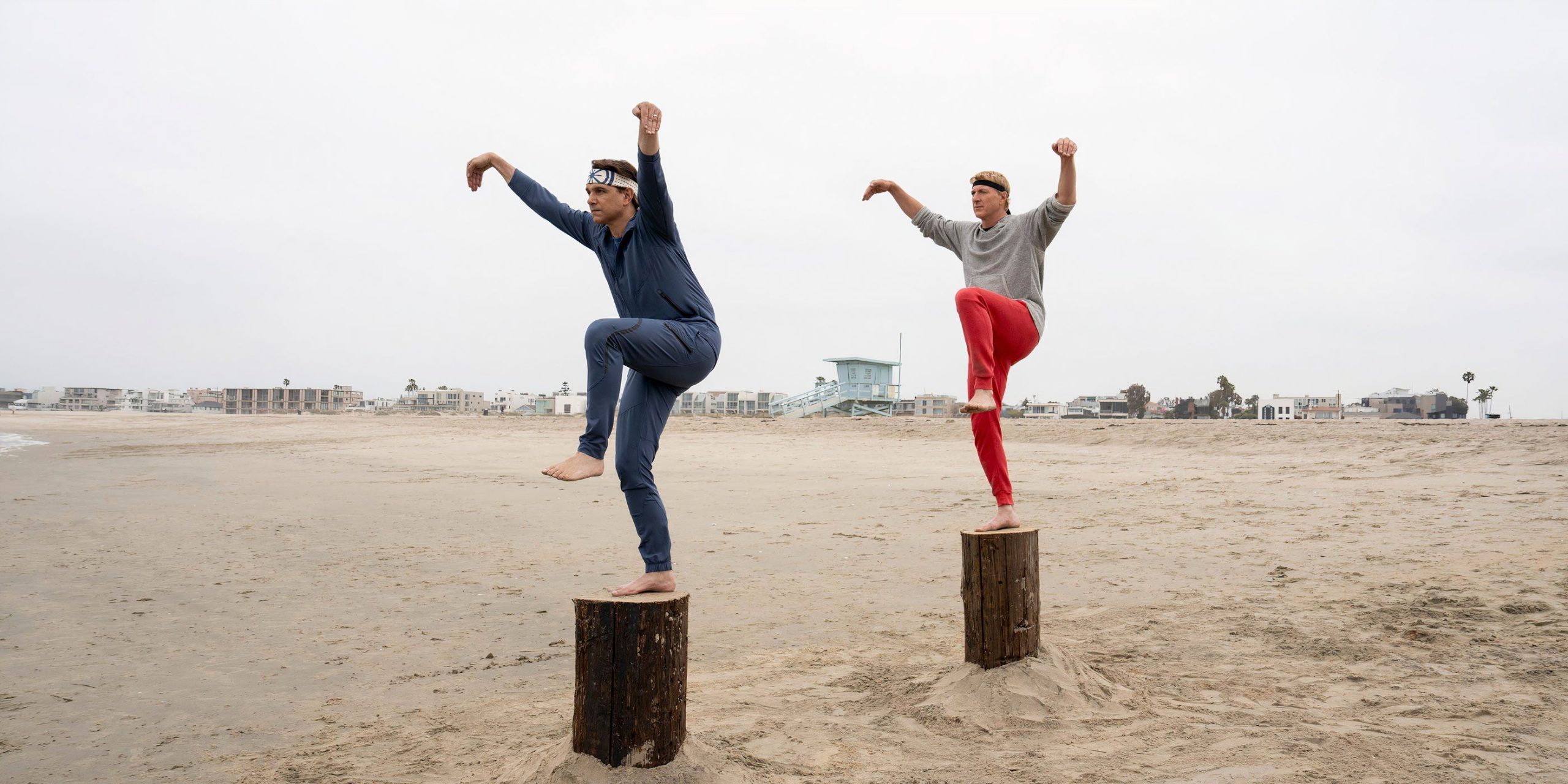From the socially intricate dynamics of the diverse teens in The Breakfast Club to the clever resilience of a young boy in Home Alone, the lasting allure of writer and director John Hughes is deeply rooted in his remarkable talent for authentically capturing the essence of youth. His narratives resonate with audiences of all ages, portraying relatable experiences such as skipping school for a day or navigating the complexities of parental relationships. Hughes’ profound grasp of the language, thoughts, and emotions of young people positioned him as a fitting candidate to bring the beloved Charlie Brown and the Peanuts characters to life in a live-action film adaptation.
In a time when Hughes had firmly reclaimed his status as the king of family comedies, Warner Bros. expressed interest in having the Home Alone creator adapt their beloved characters from Charles Schulz’s Peanuts for film. These iconic characters have been a staple in American pop culture for over four decades, not only through the original comic strip but also via animated films, television specials, and numerous series. The innocence and wisdom embodied by the Peanuts characters resonate with young audiences across generations, much like the memorable teens and adolescents that Hughes brought to life in his cinematic works. Although the project never materialized, the concept of Hughes transforming Peanuts into a cinematic experience remains a captivating ‘what if’ scenario.
Discover the Incredible Pop Culture Legacy of ‘Peanuts’
The beloved characters from the Peanuts comic strips, created by Charles Schulz, were often free from the harsh realities that accompany adulthood. The recurring themes woven throughout the decades captured quintessential childhood experiences, including unreciprocated love (such as Charlie Brown’s infatuation with the Little Red-Headed Girl and Lucy’s affection for Schroder), the heartache of failure (illustrated by Charlie Brown’s struggling baseball team), the enchantment of holidays (like the famous Great Pumpkin), and the invaluable wisdom that comes with being young. Interspersed among these narratives are the whimsical adventures featuring Charlie Brown’s clever beagle Snoopy and his feathered friend Woodstock, who engage in extraordinary escapades no ordinary pet would undertake. One of the most memorable moments includes Snoopy’s doghouse transforming into a fighter plane, representing his “Flying Ace” persona, as he engages in a thrilling aerial dogfight against the notorious “Red Baron.”
Prior to this, Peanuts had only been adapted into live-action for the stage, starting with the 1967 off-Broadway production of You’re a Good Man, Charlie Brown. On the cinematic front, only animated films were produced, beginning with 1969’s A Boy Named Charlie Brown, followed by three sequels released in 1972, 1977, and 1980. Although each film typically featured adventurous plots that took Snoopy and his friends out of their familiar environments, they still delved into themes like friendship, perseverance in the face of failure, and the importance of courage. This intersection between life lessons and the boundless power of imagination was a hallmark of Hughes’ storytelling style, whether it was Ferris Bueller helping Cameron confront his fears during a day of skipping school or the characters in Weird Science learning to stand up for themselves through the creation of a computer-generated woman.
Uncovering the Reasons Behind John Hughes’ Inability to Create ‘Peanuts’
According to an article in <em>Variety</em> from November 1992, Hughes was set to both write and direct the live-action Peanuts movie, coming off the success of Home Alone 2: Lost in New York. While he was not officially slated to direct the adaptation, the project progressed to the point of having meetings with Schulz and reviewing decades’ worth of Peanuts comic strips to develop a compelling storyline. Known for his swift writing process, the filmmaker anticipated completing the script by spring 1993, as part of his development deal with Warner Bros.
While the reasons for the project’s discontinuation remain unclear, one can speculate that the disappointing performance of Hughes’ non-Home Alone films in the early ’90s played a role. Hughes had brilliantly captured lightning in a bottle with Macaulay Culkin portraying the witty child defending his home from intruders, yet the same success did not translate for Ethan Embry in Dutch, Alisan Porter in Curly Sue, or Mason Gamble in Dennis the Menace. Like Peanuts, Dennis boasts a rich history as a beloved comic strip that led to both a successful live-action TV show in the ’60s and an animated series in the ’80s. Despite its commercial success, Hughes’ Dennis film adaptation received harsh criticism from critics like Roger Ebert, who found it difficult to recommend due to a dark subplot involving the unsettling character Switchblade Sam, played by Christopher Lloyd. It’s possible that the studio hesitated to move forward with another cherished comic strip in Hughes’ hands, fearing a similar outcome.

Related
What Would ‘Dumb and Dumber’ Look Like If John Hughes Had Not Sold to the Farrelly Brothers?
The iconic coming-of-age director John Hughes originally conceptualized ‘Dumb and Dumber’ in the early ‘90s. What unique vision would it have presented had it been aligned with his distinct film style?
It would take another two decades before the Peanuts franchise received another opportunity on the big screen, culminating in 2015’s The Peanuts Movie produced by Blue Sky Studios. This animated feature maintained a straightforward narrative, focusing on Charlie Brown’s quest for the affection of the Little Red-Headed Girl while seamlessly weaving in beloved Peanuts moments and Snoopy’s endearing love subplot. Imagining what a Hughes-directed Peanuts might have looked like in 1993 raises questions about the child actors of that era and how he could have realistically depicted a live-action Snoopy during the nascent days of CGI technology. However, that is the beauty of imagination, a concept that both the Schulz comics and Hughes consistently championed through their creative works.








